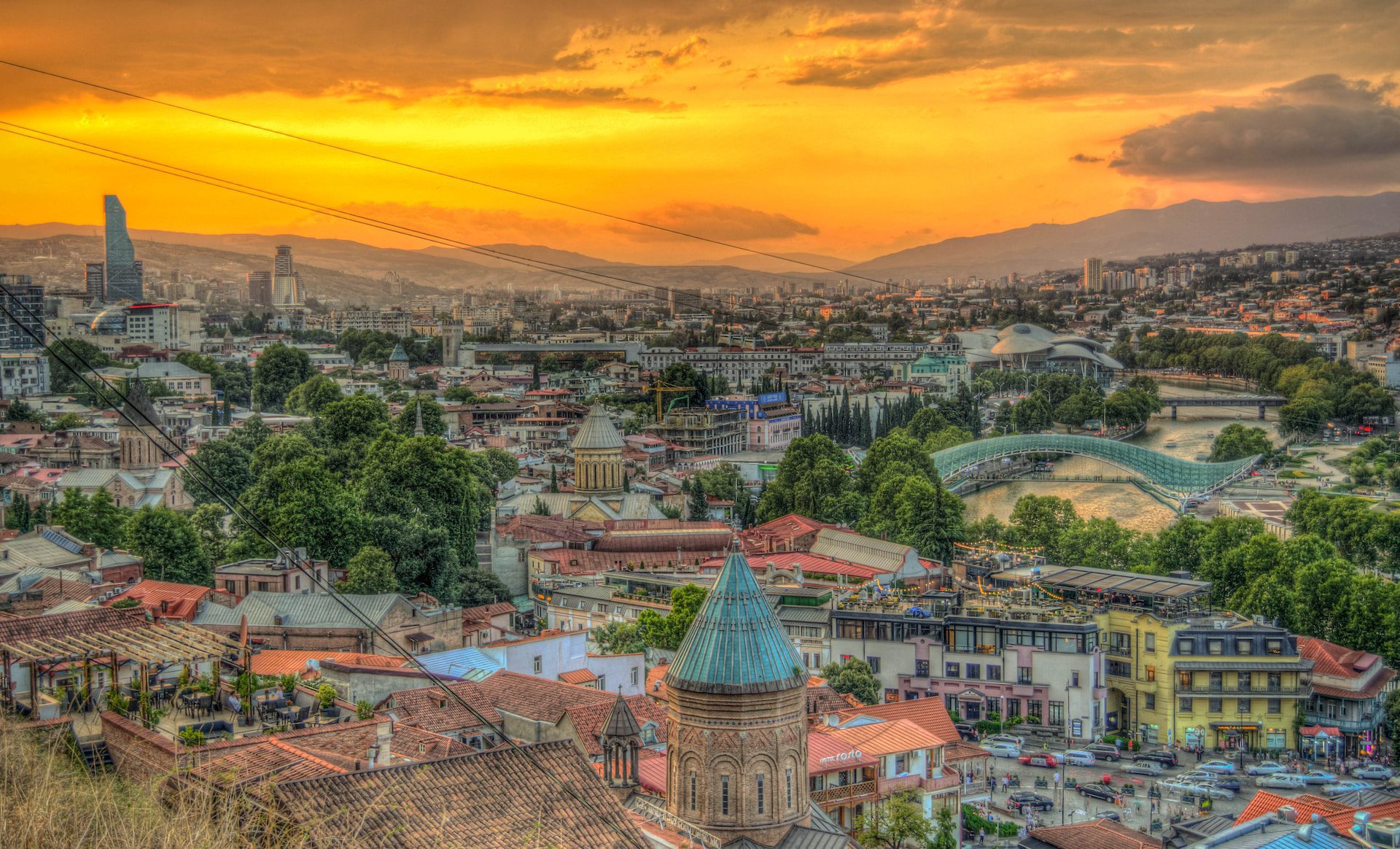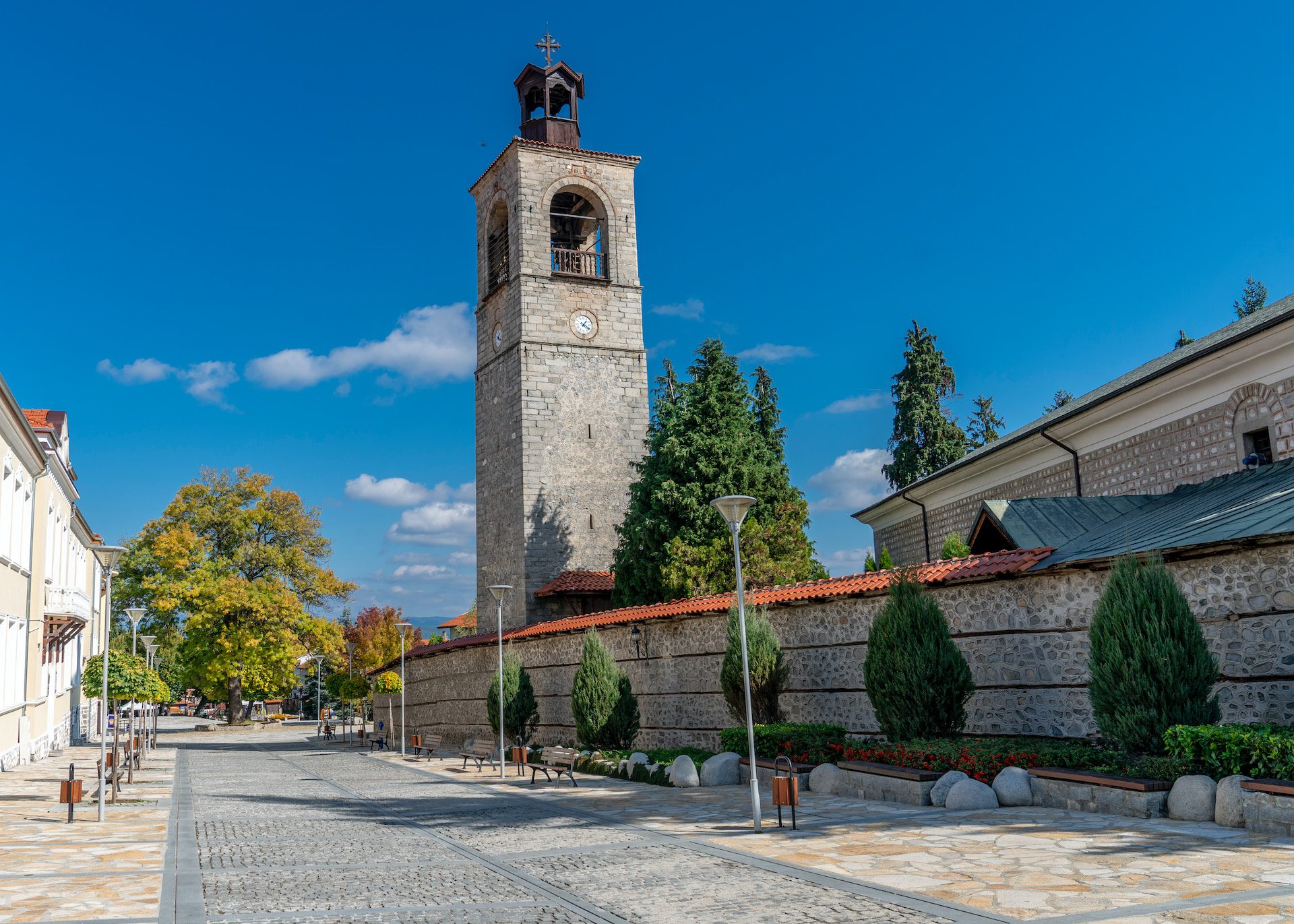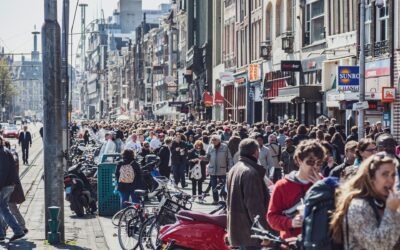|
|
Nomad List has ranked the fastest-growing remote work hubs based on 300,000 check-ins made by members of its digital nomad community. Let’s look at the cities that are topping their lists and what they have to say about current digital nomad travel trends. What is motivating travel choices in 2023?
We will also share some of our own predictions for what cities are likely to be the next big digital nomad hotspots in 2024.
Fastest Growing Digital Nomad Hotspots for 2023

According to the report, the fastest-growing remote work hubs in 2023 are:
- Tokyo, Japan
- Da Nang, Vietnam
- Seoul, South Korea
- Penang, Malaysia
- Kuala Lumpur, Malaysia
- Manila, Philippines
- Hanoi, Vietnam
- Ho Chi Minh City, Vietnam
- Montevideo, Uruguay
- Santiago, Chile
There are a few interesting trends that jump out from this list!
Seeing Tokyo and Seoul near the top of the list is surprising since they both have a fairly expensive cost of living. While both are a little more affordable than the United States, they are significantly more expensive than other digital nomad hotspots such as Thailand and Colombia. This may reflect growing international salaries making these destinations more accessible, or travelers prioritizing dream destinations over an affordable cost of living.
The rising popularity of Vietnamese destinations in 2023 may reflect the launch of the country’s new eVisa system. You can apply online for just US$25 and it lets you stay for up to 90 days.
The popularity of Malaysia may be linked to the DE Rantau Nomad Pass program which allows remote workers to stay for up to one year with an accessible minimum income of just US$24,000. The government has also been taking steps to make their country a more possible destination, such as their collaboration with Airbnb to provide more suitable accommodation for remote workers.
The presence of Montevideo and Santiago on the list suggests the growing popularity of South America among digital nomads. It may be part of a push to explore new places outside the European and Southeast Asian hubs that have dominated in recent years. Uruguay has also recently launched a digital nomad visa that allows international remote workers to stay for up to six months.
Fastest Growing Digital Nomad Hotspots for the Last 5 Years

The report tracks a full five years of growth and provides a different list of the fastest-growing list of hubs for the past five years, many of which experienced growth during the pandemic.
- Tirana, Albania
- Florianopolis, Brazil
- Ljubljana, Slovenia
- Zurich, Switzerland
- Phuket, Thailand
- Mumbai, India
- Sao Paulo, Brazil
- Riga, Latvia
- Oslo, Norway
- Stockholm, Sweden
Albania’s growing popularity may be inked to their one-year visa that is very accessible with a minimum income requirement of just US$9,800. Latvia also has a digital nomad visa, which is for one year and has a minimum income of less than US$3,000 per month.
The growing popularity of other European countries may reflect more internal movement by EU digital nomads who have the right to live and work in other EU countries.
Brazil started to climb in popularity during late 2020 and 2021, which may be a reflection of relatively accessible travel during the pandemic. But things picked up significantly in 2022, which may relate to the launch of the remote worker visa that lets visitors stay for up to one year with an accessible minimum income of just US$1,500 per month.
As one of the country’s biggest and most dynamic cities, it is no surprise to see Sao Paulo on the list. Florianopolis is one of Brazil’s many beautiful beach cities. Located quite far south, it does not get as sweltering as some other beach cities.
Established Digital Nomad Hubs that Continue to Grow

But existing popular digital nomad hotspots are also continuing to attract new travelers. According to Nomad List, the fastest-growing established work hubs for the last five years include:
- Tbilisi, Georgia
- Mexico City, Mexico
- Porto, Portugal
- Valencia, Spain
- Playa del Carmen, Mexico
- Medellin, Colombia
- Belgrade, Serbia
- Warsaw, Poland
- Tulum, Mexico
- Da Nang, Vietnam
Georgia encountered major growth as a digital nomad hotspot in 2021 when the country announced a highly accessible visa that even allows followers to work and study locally. The program has clearly been successful in attracting foreigners to spend locally.
Portugal, Spain, and Poland are popular as some of the most affordable European countries that offer access to the Schengen area and an excellent quality of living. Spain and Portugal also offer accessible digital nomad visas. These have been so successful that there is now talk of excessive digital nomads “ruining” Portugal.
Mexico continues to attract remote workers, especially from the United States. The country also offers a digital nomad visa that can last from six months to four years with a minimum income requirement of US$2,595 per month.
Predictions for 2024
While Nomad List hasn’t included any predictions for the fastest-growing digital nomad hotspots for 2024, we have some predictions.
Budapest, Hungary

Hungary is another country that offers a one-year digital nomad visa, called a White Card, which has a minimum monthly income of about US$2,000 per month. The visa gives you access to the EU and is extendable for a second year if desired.
The capital Budapest rivals some of Europe’s most beautiful cities, such as Prague and Vienna. But Budapest is much more affordable, largely because it still uses the Forint and not the Euro. It also has excellent internet infrastructure and an excellent public transport system.
Bansko, Bulgaria

Bansko has been on our radar for a while, but we think it is likely to grow in popularity in 2024. Bulgaria still feels like an authentic slice of Eastern Europe, but with the kind of excellent infrastructure that remote workers need and expect.
Bansko stands out as a ski mountain town that is changing to attract traveling remote workers with attractive accommodations, accessible activities, and an inspiring community of like-minded people.
Greece

We are predicting that Greece is likely to rise as a new digital nomad hotspot in 2024. There are currently 43.9 thousand people in the Digital Nomads in Greece Facebook group, and Greece has a digital nomad visa that lasts 12 months with a minimum income requirement of EUR3,500.
Greece has a long and fascinating culture and is spotted with beautiful coastal cities, all of which will appeal to remote workers. The delicious Mediterranean diet is the icing on the cake.
Cape Town, South Africa

Our hope is that South Africa will finally get around to launching their digital nomad visa in early 2024, and it is sure to be extremely popular.
South Africa, and Cape Town in particular, is already one of the most popular digital nomad destinations in Africa. The city is sandwiched between the sea and the mountains with a Mediterranean-style climate. It is a cosmopolitan and multicultural city with lots of things to do and a strong entrepreneurial spirit.
Buenos Aires, Argentina

As neighboring countries such as Brazil and Uruguay become more popular, we expect to see more digital nomads heading to Argentina as well. The country also offers a six-month digital nomad visa, extendable for another six months.
Buenos Aires is a thriving international city with a fascinating culture and entrepreneurial spirit. It is also a gateway to some of the country’s spectacular natural wonders including Iguazu Falls and Patagonia.
What is Your Next Destination?
Those are our big predictions for 2024, but where will you be traveling over the next year? What are your top destinations to explore as a remote worker in 2024?












